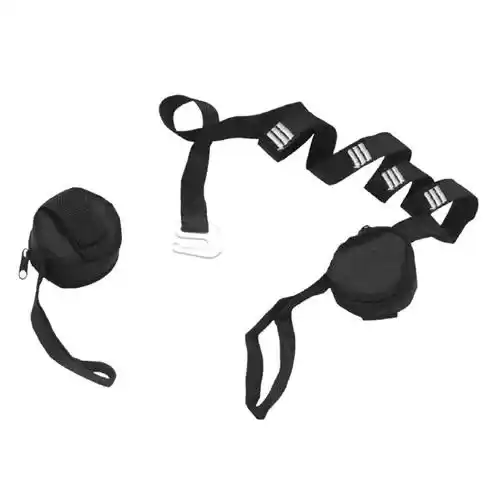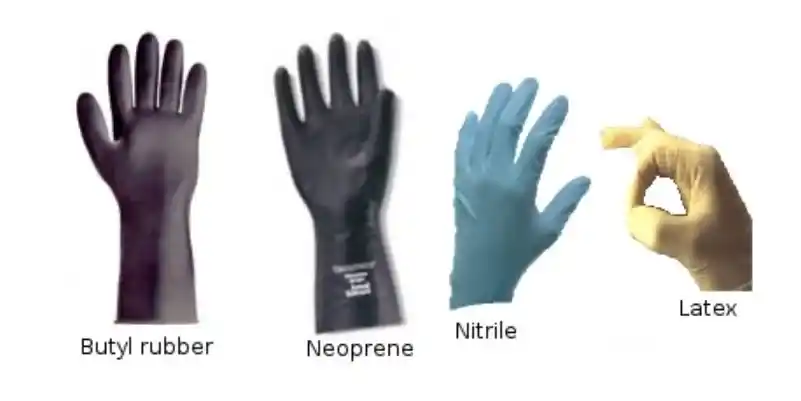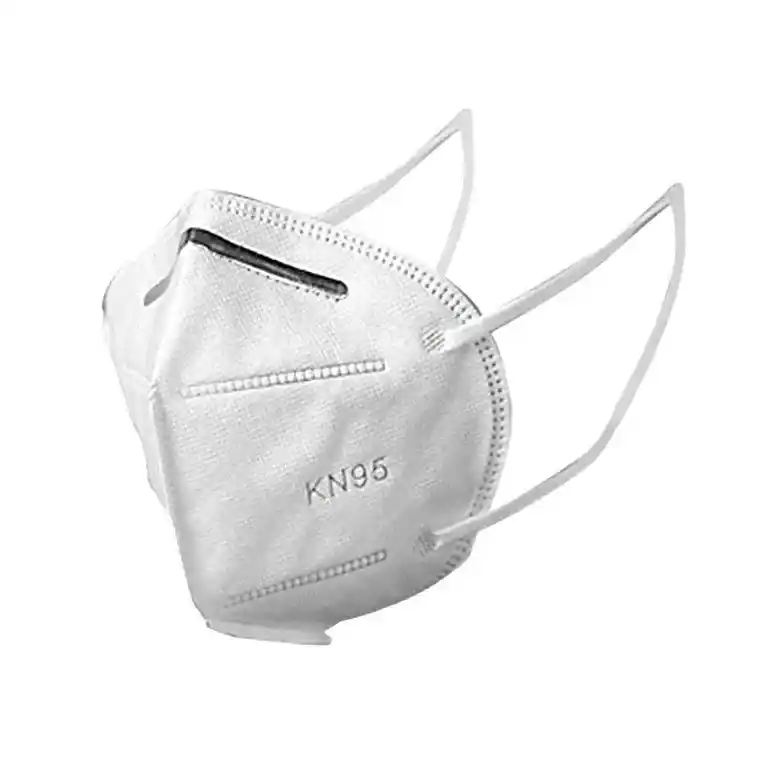Safety Goggles are protective eyewear designed to shield the eyes from various hazards in environments such as workplaces, laboratories, construction sites, and other areas where there is a risk of eye injury. These goggles are typically worn to prevent injury from flying debris, chemicals, dust, splashes, and other harmful substances, as well as to protect against intense light or radiation.Safety goggles are designed to cover the eyes completely, offering a secure, snug fit around the eyes and ensuring that external hazards cannot reach the eyes from any angle.
Safety-goggles
- Details
- Additional Details
-
-
Lens:
- The lens of safety goggles is typically made from high-impact materials such as polycarbonate, acrylic, or trivex, which are durable and resistant to shattering.
- The lenses are often treated with coatings such as anti-scratch, anti-fog, or anti-glare to improve durability, comfort, and visibility.
- Some lenses are tinted or polarized to reduce glare or protect from UV rays.
-
Frame:
- The frame of safety goggles is designed to provide a secure, comfortable fit around the eyes and face. It is typically made from flexible materials like rubber, silicone, or soft plastic.
- The frame is usually equipped with adjustable straps to ensure a tight yet comfortable fit, preventing the goggles from slipping during use.
-
Seal:
- The goggles are equipped with a soft, cushioned seal (usually made of foam or rubber) that fits tightly against the face to prevent foreign particles, dust, or liquids from getting inside.
- The seal also enhances comfort and helps the goggles stay securely in place during prolonged use.
-
Ventilation:
- Safety goggles may feature built-in ventilation channels or anti-fog vents to help reduce fogging, which can occur from trapped moisture and body heat. This feature ensures clear visibility, even in humid or high-temperature environments.
- Some models have direct ventilation (small holes in the frame) to allow air circulation, while others feature indirect ventilation, which prevents debris from entering the goggles while still promoting airflow.
-
Protection Features:
- UV Protection: Some safety goggles have lenses treated with coatings that block UV radiation, protecting the eyes from harmful ultraviolet light, which is especially important in outdoor work environments.
- Chemical Resistance: For use in chemical environments, goggles may feature lenses and seals that resist damage from harsh chemicals, acids, or solvents.
- Impact Resistance: Safety goggles are designed to withstand high-impact forces and protect against flying debris or other objects that could potentially injure the eyes.
Key Components:
-
-
Benefits:
Enhanced Eye Protection: Safety goggles provide complete eye coverage, safeguarding against a variety of hazards, including flying particles, chemicals, and intense light.
Prevents Eye Injuries: They are designed to reduce the risk of eye injuries, which can have long-term or permanent effects.
Improved Comfort and Fit: Adjustable straps and cushioned seals ensure a snug and comfortable fit for extended wear.
Clear Vision: Anti-fog and anti-scratch features improve visibility and prevent distortion during use, even in humid or challenging conditions.
Durability: High-impact resistant lenses and frames ensure long-lasting use, even in demanding environments.







